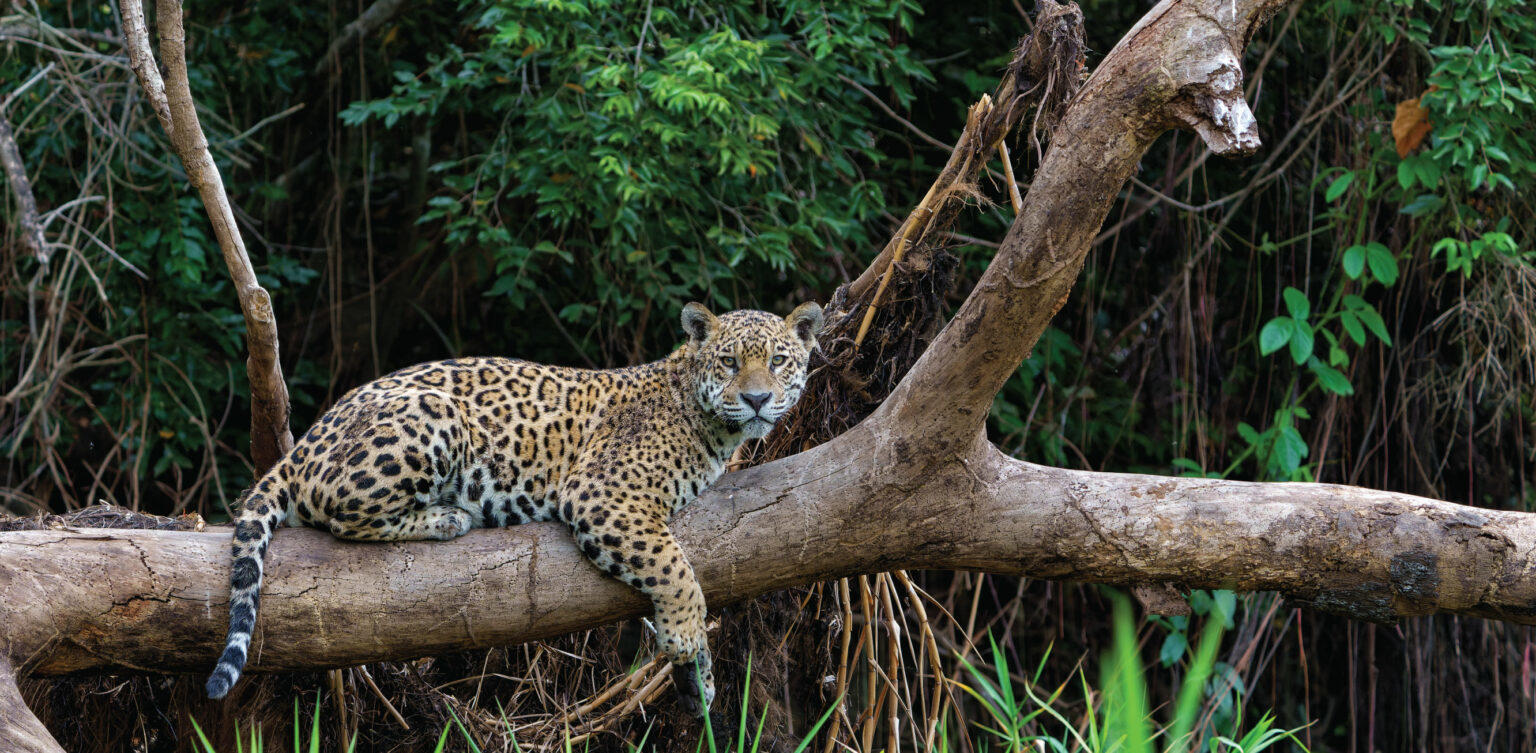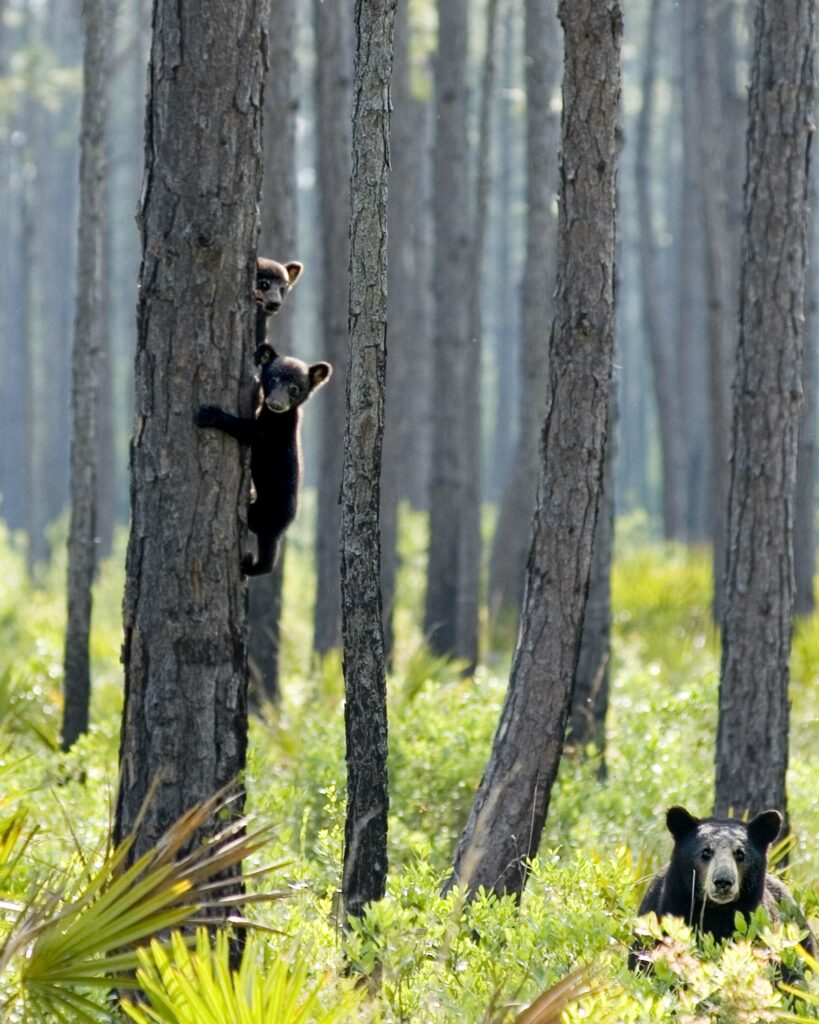New Study Finds that Some Climate-Mitigation Strategies are Better for Wildlife than Others

As we confront the growing climate crisis, society must weigh potential pathways to net-zero emissions. But in the race to decarbonize—including through planting forests and biofuels—a new study finds that well-intended efforts could have unintended impacts on biodiversity, and argues for consideration of these impacts as humanity chooses the most effective tools to mitigate climate change.
Many net-zero emissions plans call for reforestation (restoring forests in places where they historically grew), afforestation (adding forests in places like savannahs and grasslands), and bioenergy cropping (farming plants like switchgrass for renewable energy). Until now, it has been challenging to predict these strategies’ impacts on biodiversity because they affect species in multiple, complex ways.
A new study, published this week in Science, evaluates the potential biodiversity impacts of those three climate change mitigation strategies. A team of scientists—led by Dr. Jeffrey Smith, an Associate Research Scholar at Princeton University’s High Meadows Environmental Institute—modelled the impact of these mitigation strategies on over 14,000 species, from creatures smaller than a mouse to larger than a moose.
These questions are far from hypothetical. Most countries worldwide, from Austria to Zimbabwe, have committed to using these methods to reach their climate targets. However, as Dr. Smith points out, “In their effects on biodiversity, these strategies are not created equal. It’s critical that, in our work to address climate change, we do not inadvertently worsen the biodiversity crisis.”
The team of scientists—including Dr. Jonathan Levine, Professor of Ecology and Evolutionary Biology at Princeton, Dr. Evelyn Beaury, a former HMEI Post-Doctoral Research Scholar now at the New York Botanical Garden and Dr. Susan Cook-Patton, Senior Forest Restoration Scientist for The Nature Conservancy—found that reforestation will benefit many species both locally, by increasing habitat, and globally, by mitigating climate change. These include many iconic forest species from spotted salamanders and red-bellied woodpeckers to jaguars.

The outcomes for planting monocultures of bioenergy crops or converting natural savannahs and grasslands to forests are not as rosy. While these efforts may help address climate change, and thus reduce climate threats to biodiversity, they will also lead to immediate habitat loss. Replacing biodiverse meadows with bioenergy crops would be hugely detrimental for species from grouse to elk. Similarly, converting savannahs to forests would lead to the decline of iconic species like ostriches and lions. The study found that the loss of habitat due to afforestation and bioenergy would be far greater than the benefit they would provide to biodiversity by helping mitigate climate change.
While ecologists have long suspected that some of these interventions would mean less habitat for creatures from turtles to tigers, this study provides the first quantitative assessment of these potential impacts. Encouragingly, the study finds that reforestation—one of the most prominent climate-mitigation strategies worldwide—is a win-win, capturing carbon from the atmosphere while expanding wildlife habitats. As Professor Levine points out, “Few ecologists doubt that addressing climate change would be a boon for biodiversity. However, our study finds that it’s not enough to reach net zero. It also matters how we get there.”
This research demonstrates that society should not seek solutions for either climate change or biodiversity loss in isolation. Instead, we must address these crises jointly to identify the best outcomes for wildlife and humanity.
Funding: This work was funded by the Princeton University Carbon Mitigation Initiative funded by bp. Additional funding provided by the Bezos Earth Fund. Computational resources were provided by the Princeton Institute for Computation Science and Engineering.
